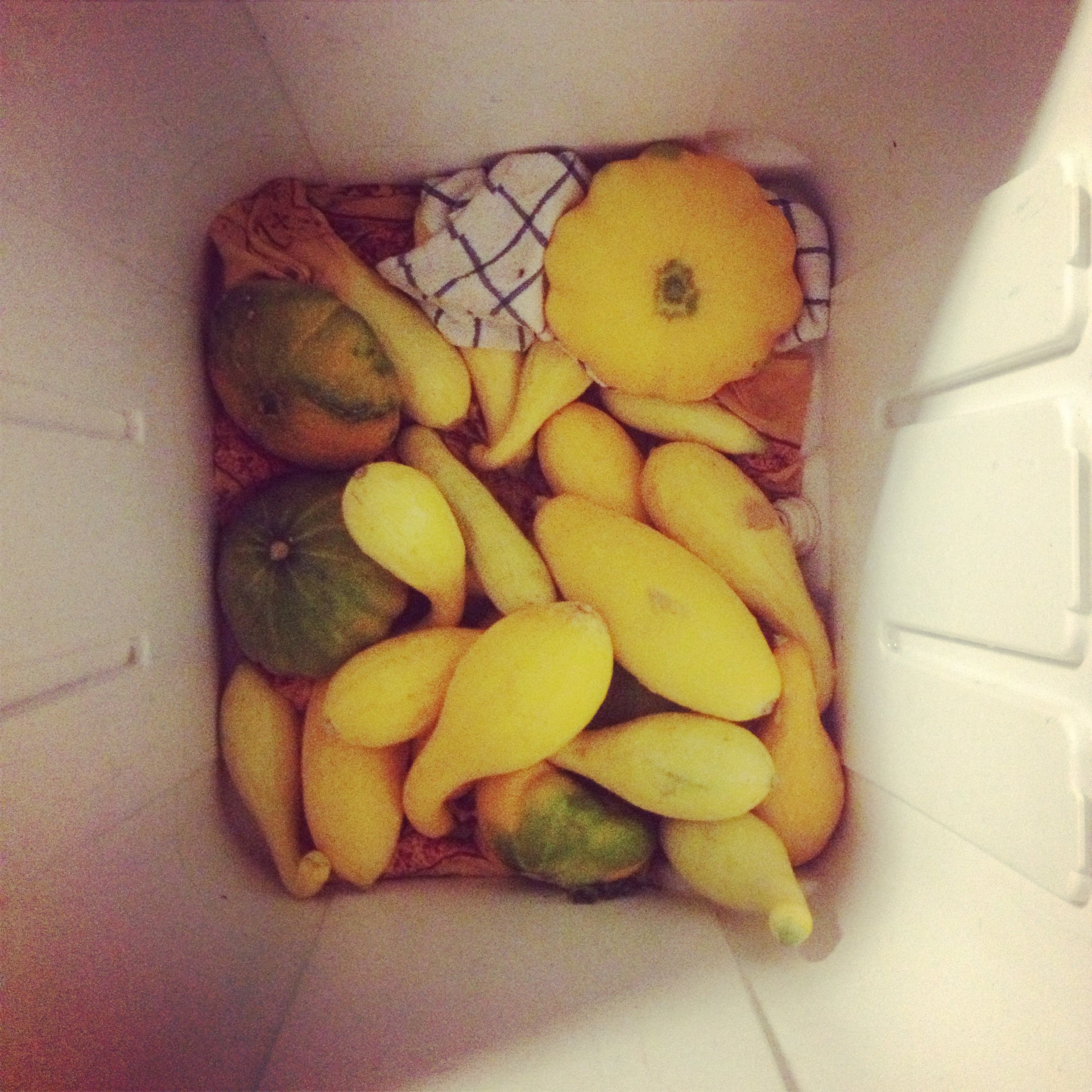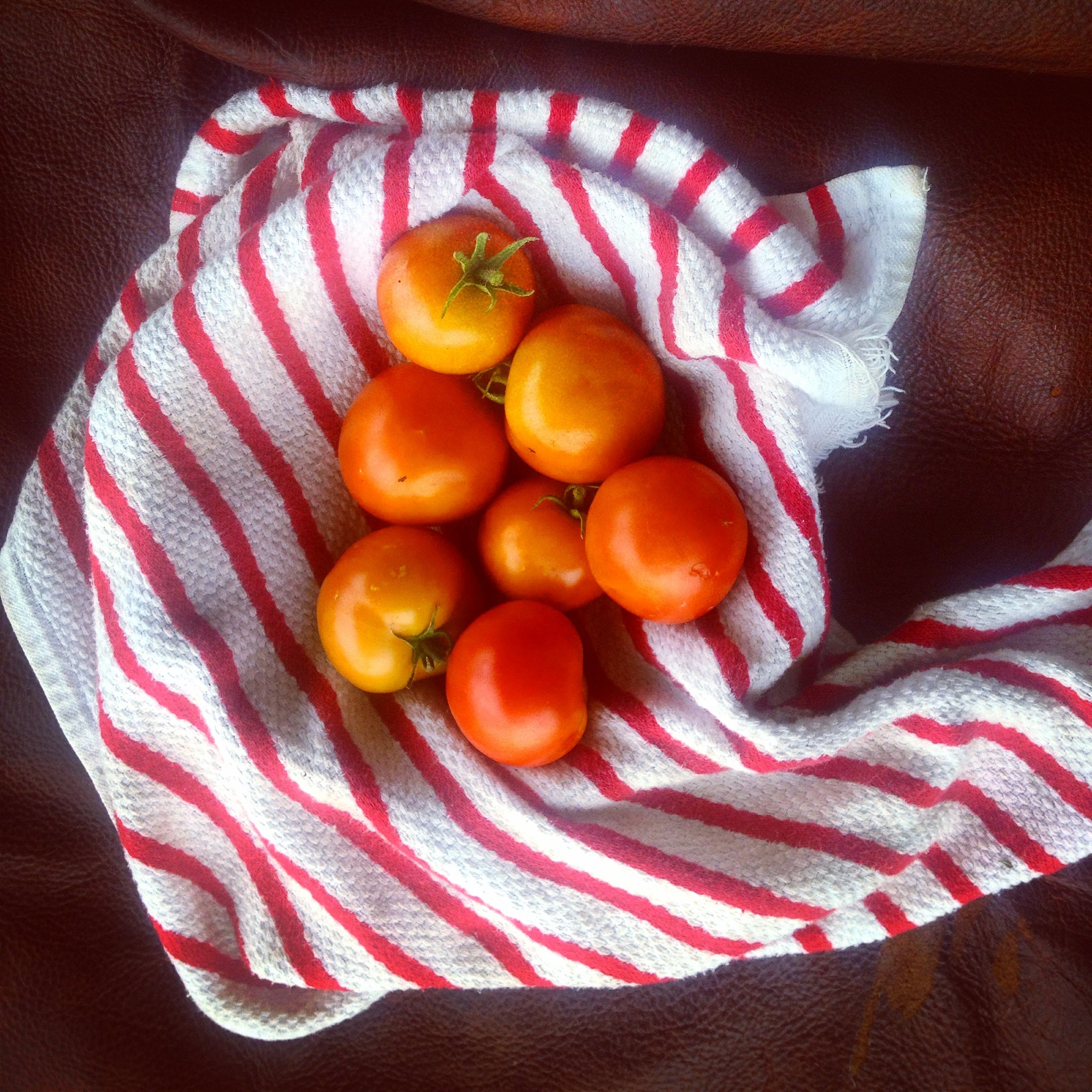So, I once was a farmer before I was a nomad.
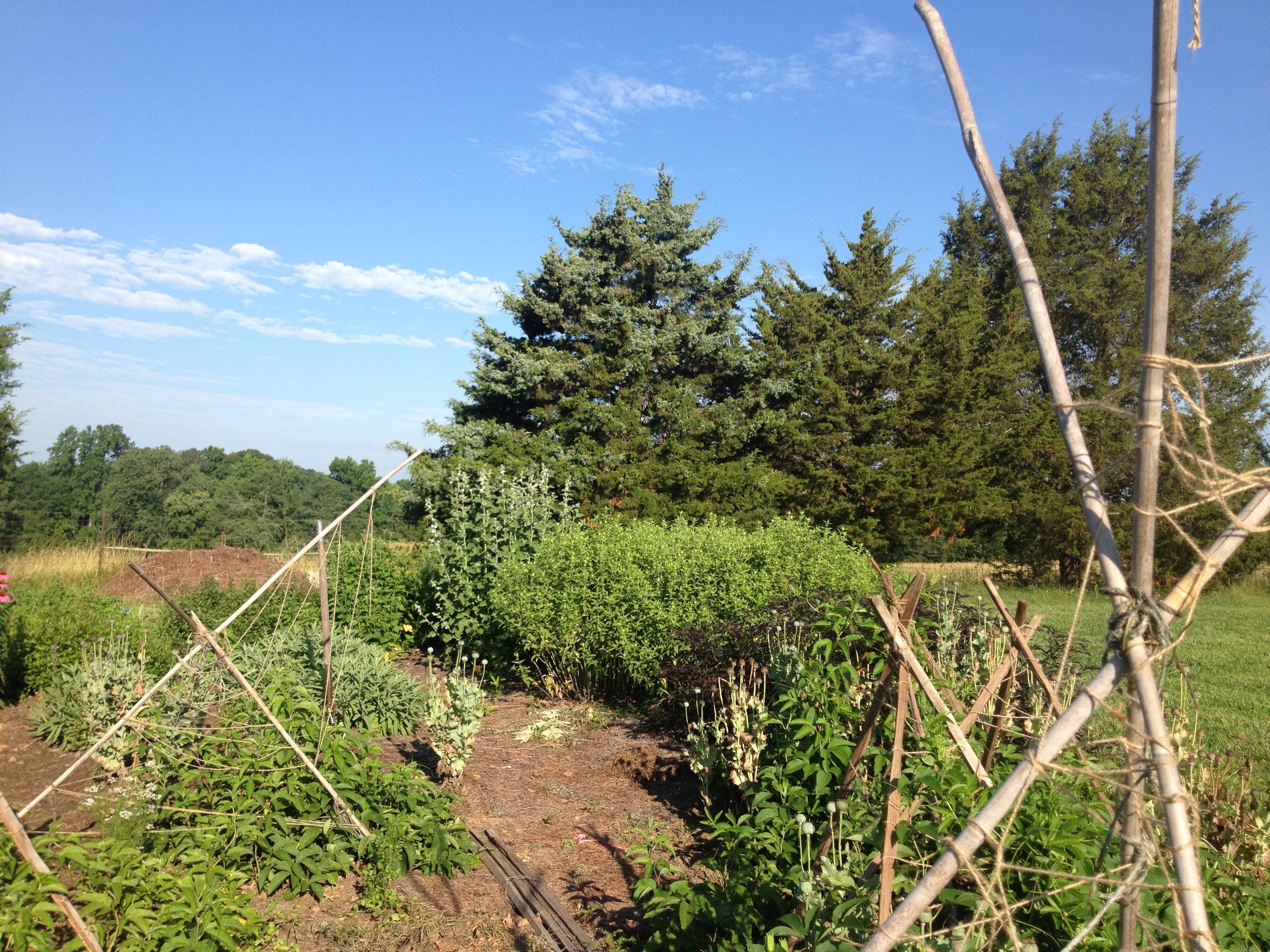

(an herb garden I've kept over the years) (tomatoes, nightshade)
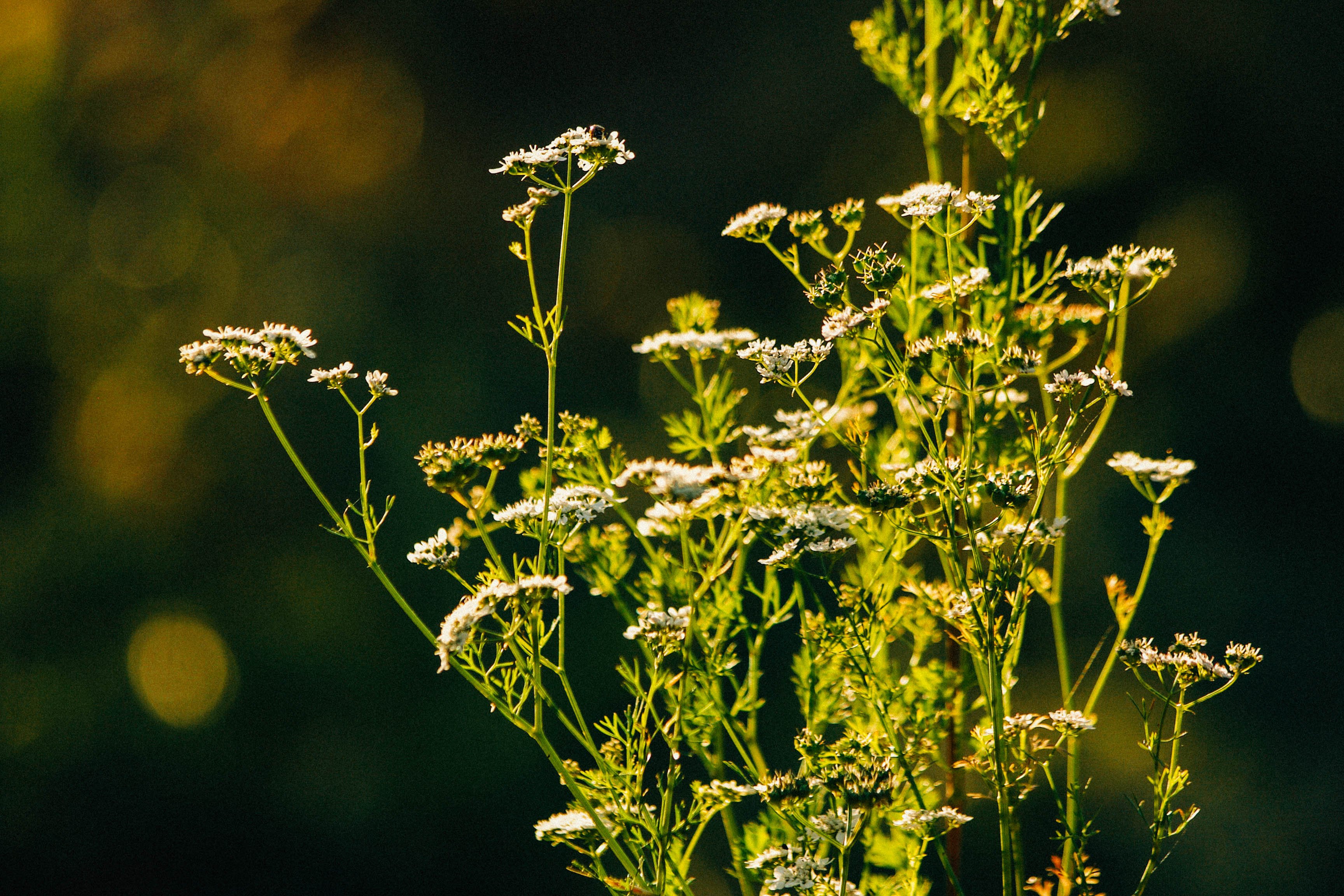
(cilantro, carrot family)
And I grew food, and even grew specialized herbs. But growing food opened my eyes to how as humans we have manipulated (in a beautiful way) the wild world to serve our heath and nutrient needs. All cultivated vegetables once had a wild origin.
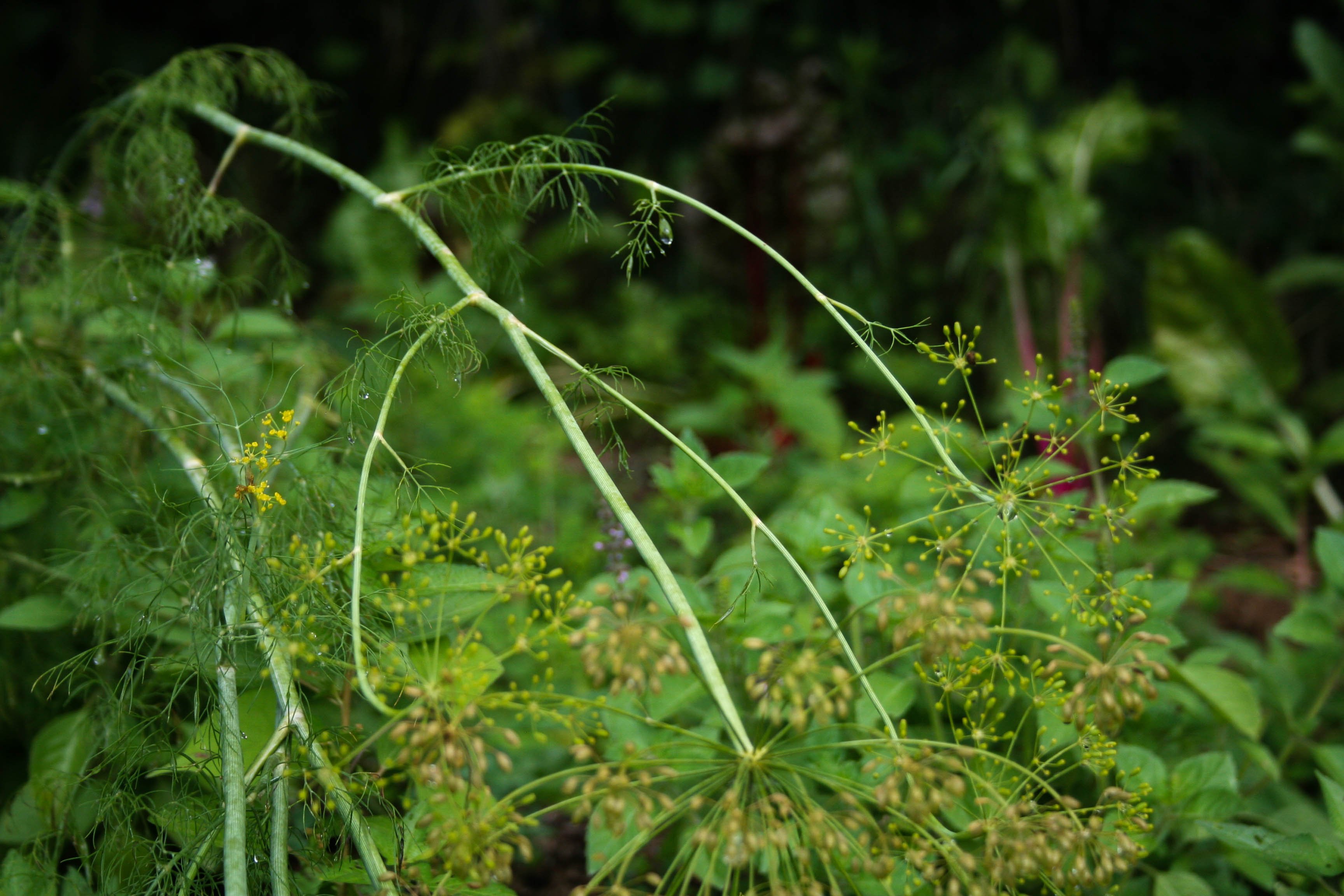 (dill, carrot family)
(dill, carrot family)
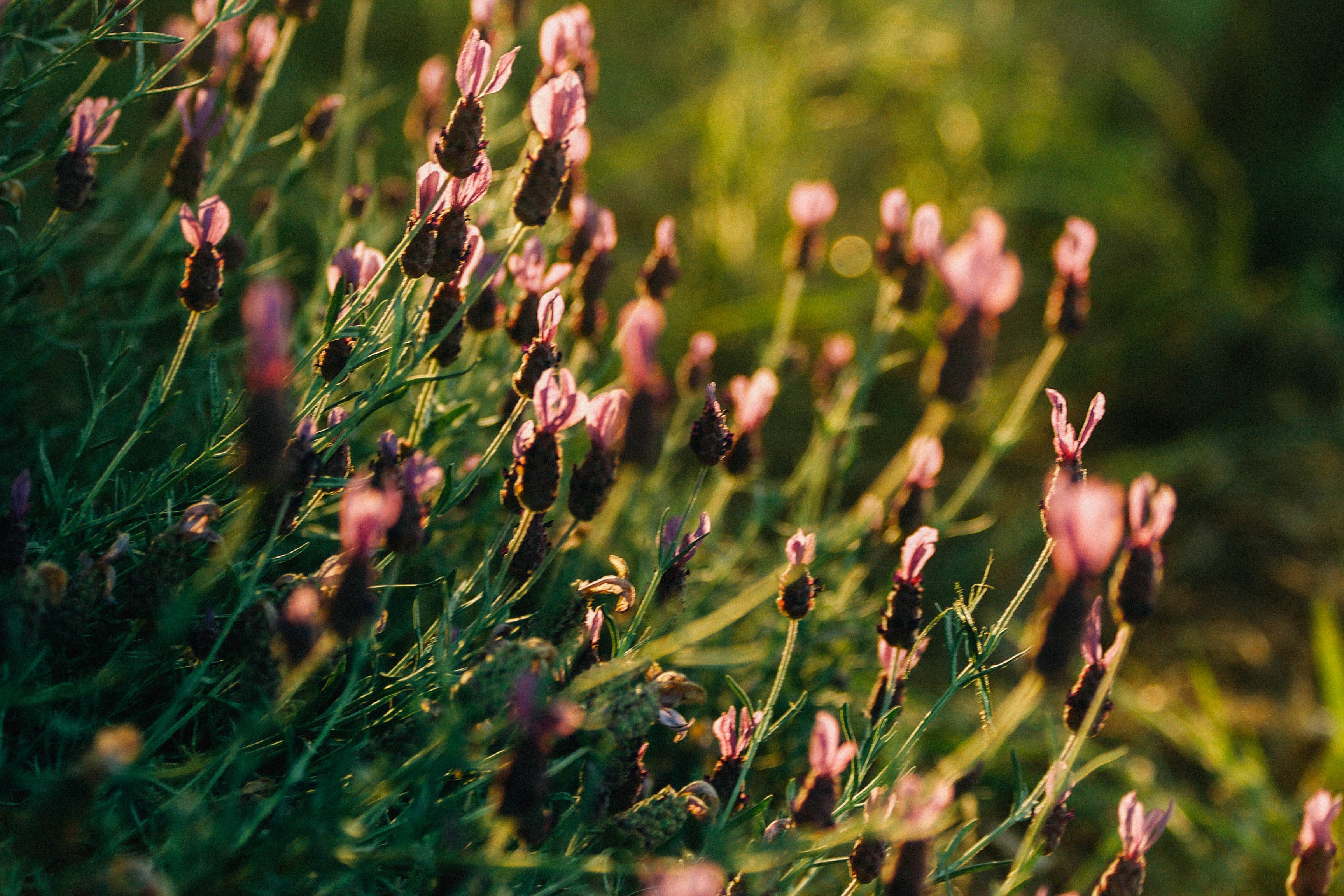
(lavender, mint family)
(squash, cucurbrit fam)
(tomatoes, nightshade)
And, I am an amateur botanist, ethnobotanist, naturalist.
SO, while I am totally into the energetic way of relating to our earth, I'm also totally into the science, as one way of framing the reality of the living world we live in.
When you garden, there are a few basic 'plant families' that you work with.
Plant families are a real taxonomical designation, one that is made based on shared characteristics and genetic origins.
They used to be designated mostly based on taxonomy, but are now being proven or shifted based on genetic testing.
Anywho, there are a couple families that are important to remember when thinking about what plants need to thrive, what they need to store for us to eat during long periods or who they should be planted with.
I used to teach classes on this so, its kind of my thing. I love to share about seeing plants this way- it helps when you're planning out a garden or looking over someone's plantings and accessing what is going on. It's also cool on the road cause you see these families everywhere, like wild lettuce, Datura in the desert, or wild brassicas on the california coast. Its helps me to orient. Being a farmer doesn't mean you can't relate to the world outside of that. It gives you tools to SEE.
FYI, if you see -aceae at the end of a word when it comes to plants, it means the plant family.
This is the general breakdown from large to small relationships (not including other groupings of the kingdom of life)
Family
then Genus
then Species
Brassicas. A big family we love to eat. They have four flower petals. Yellow, White or pink, usually. This includes Mustard, Cabbage, Arugula, Turnips, Collards, Kale, Mizuna, Bok Choy, and so many more. Many brassicas are actually the exact same species even though they look totally different! They have been cultivated by humans so long that they look pretty different in variation, but it is much like how we as humans look different but are all the same species. There's so much variation in even the same 'thing.'
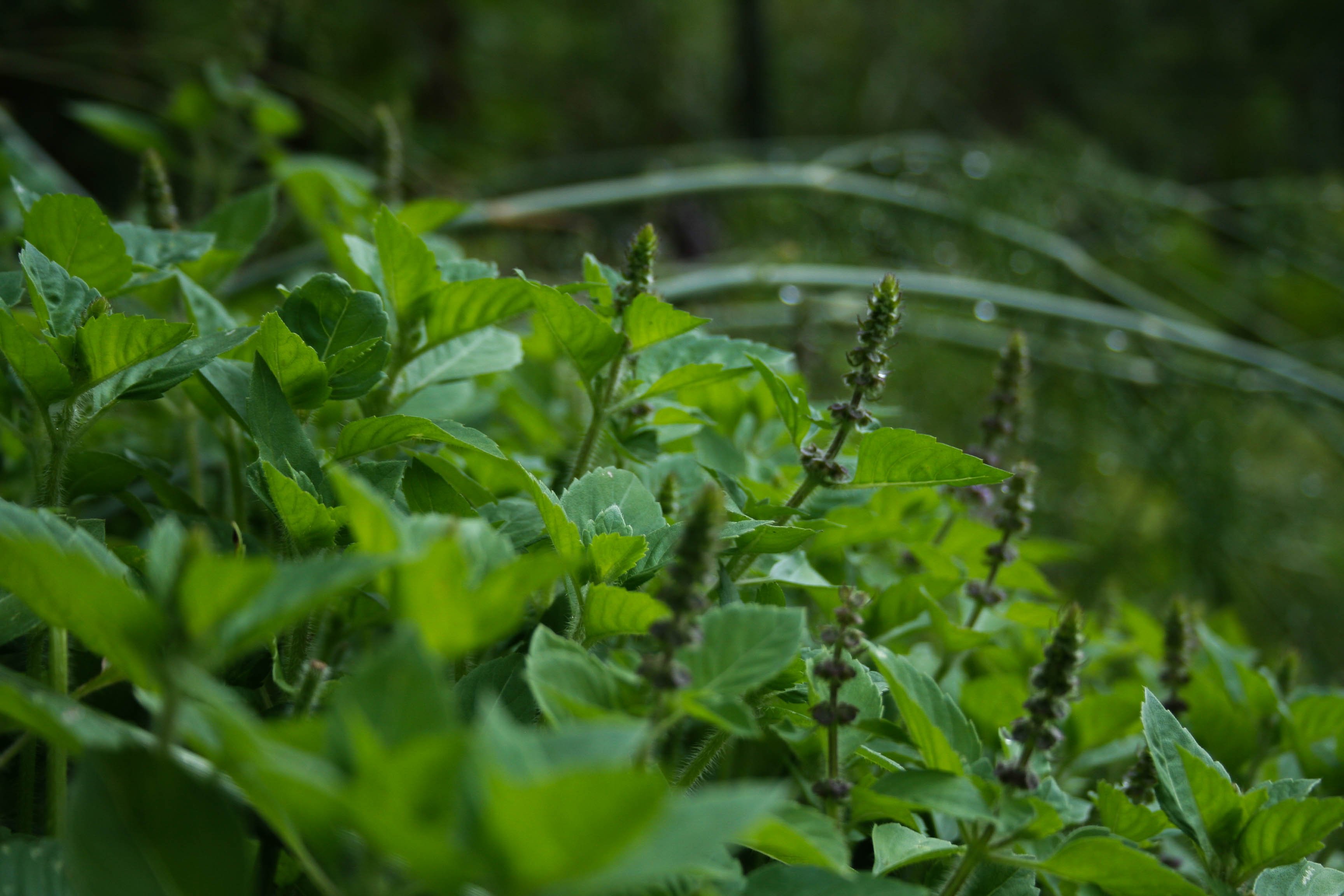 (tulsi, mint family)
(tulsi, mint family)

Asteraceae. This includes Lettuce! Burdock. Ray and disc flowers (think sunflower), usually, (but not always!) Bitter Greens like Endives. Sunchokes (totally cultivated by Native folks for many thousand years) Many are bitter, and that's a good thing.
Pea family. Fabaceae. Beans of all sorts. Flowers have 'banners, wings and keel.' The leaves often have a 'fold' that close at night and open in the day. Peas. Lentils. Nitrogen fixers, they're great to plant with corn so they counter what corn takes from the soil. A food cultivated for many years by native folks all over. Source of nutrient dense protein, especially when mixed with Rice or other beans.
Nightshades. Tobacco! Peppers. Eggplant. Tomatoes! Ashwagandha. Many of these have poisonous leaves, but edible fruits. Some people are allergic. They love hot weather and drier climates, lots of sun. In hot places, they love being outsie all summer. In colder places, they love it in a greenhouse. Fleabeetles can be a problem. Or, blight when it comes to tomatoes. It's good to plants them in different places every year.
Cucurbrits. Melon family. Often has those tender yellow flowers, that are entire, and edible. Cucumber, Cantaloupe, Watermelon, winter squash, zucchini, summer squash. Melons should be eaten alone, because they digest so fast. You can plant any of these on a new opened field and they will improve the soil for next year, allowing other more sensitive crops to thrive. Some trail along the ground and some bush out. Be careful how much you plant, they will give and give and give.
Alliums : Onions, Garlic, Shallots. The fire plants that have their own medicine. For immense beautiful flavor. They also love to be tended year round in some instances.
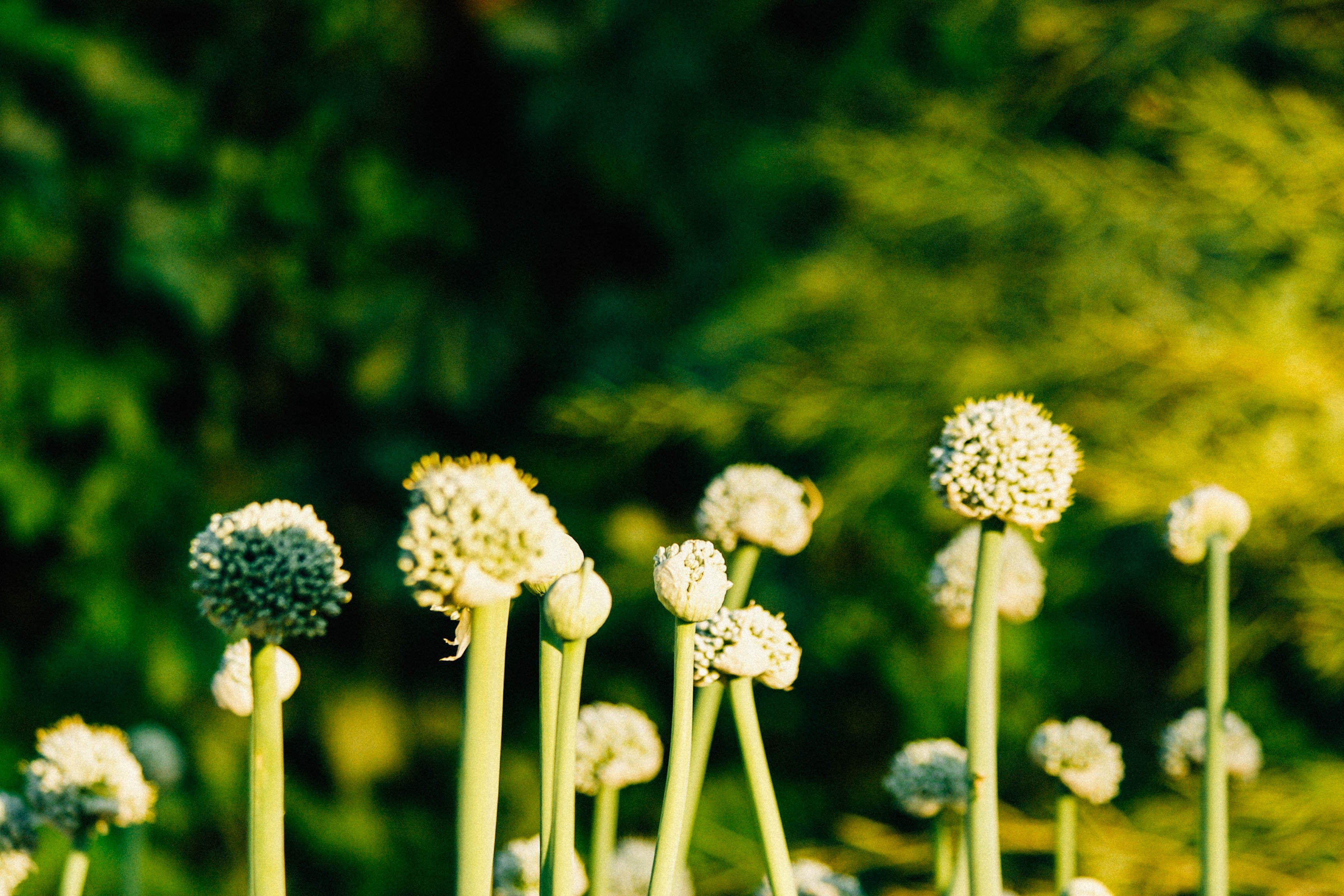
(onions, allium family)
Apiaceae : Ususally has flowers in umbels. Biennial. Many poisonous species, so be careful! Carrots, Celery, Parsley. Cilantro. Many culinary herbs, like Cumin, Fennel. Great for digestion, for dealing with when we ate something we shouldn't.
Mint family : Square stems. Four nutlets in the pollinated flower. ususally aromatic. many of our culinary herbs. Like Rosemary, Sage and Thyme. All related. All good for our digestion and assimilation, especially of harder to digest plants like Nightshades. There's a reason we have favored them in our culinary traditions.
Odd but included in some gardens:
Buckwheats: Polygonaceae. These usually have a bamboo like way of growing. (But Bamboo is a grass) Garden Sorrel. Buckwheat as a cover crop for soil regeneration (but you can actually eat the seeds which are the same as storebought buckwheat!)
Amaranthaceae: Beets, Chard, Amaranth.
Grasses / Poaceae. Corn! Wheat. Not a rare family to be cultivating, but not one that every small garden chooses to embark on.

There's so many more, but you know, its good to start simple. When I am traveling I take this key and look for it everywhere. Of course things are different, but some things are the same.
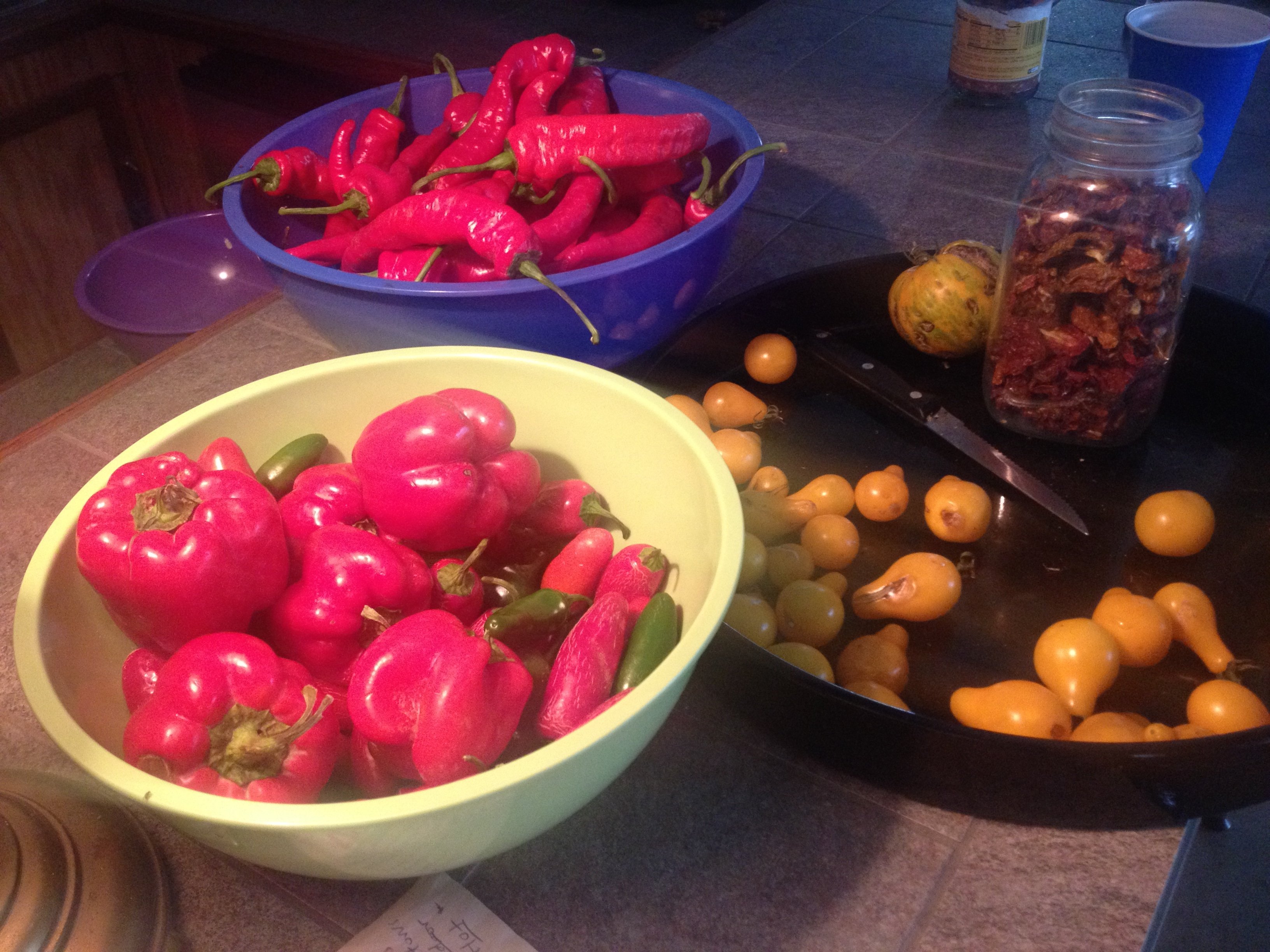
nightshades - peppers and tomatoes, getting ready to be pickled and canned
 mustard gone to seed
mustard gone to seed
( )
)
some old gardens I managed
( ) (chard!)
) (chard!)
Thanks for reading! I really hope to get back to gardening again sometime. I'd love to stop traveling and stay put for awhile and get back into tending gardens. Its one of my favorite and most grounding things.

